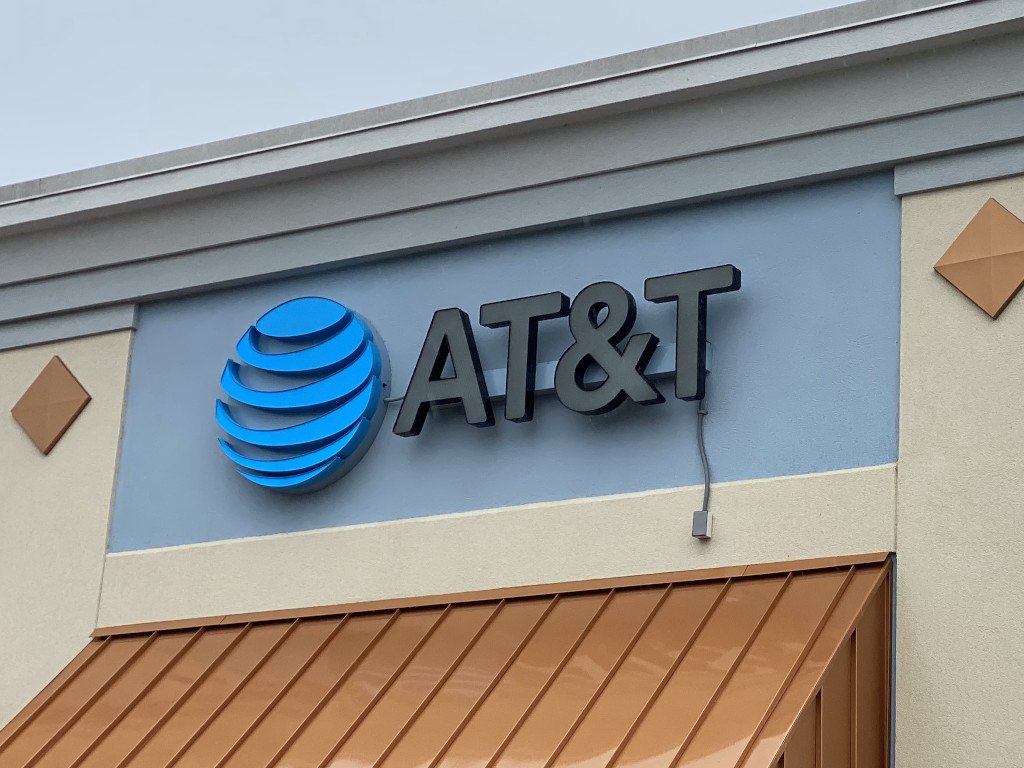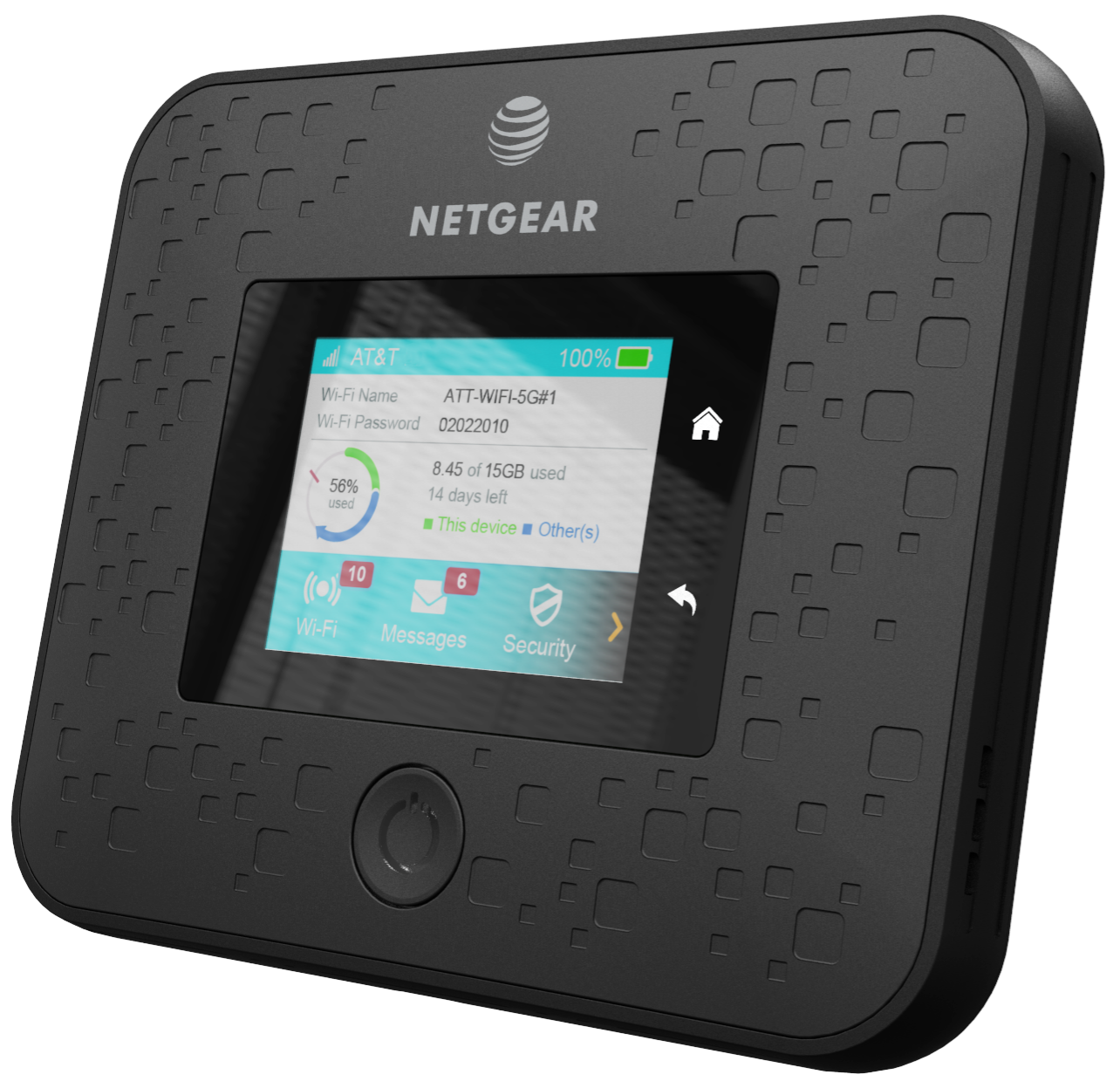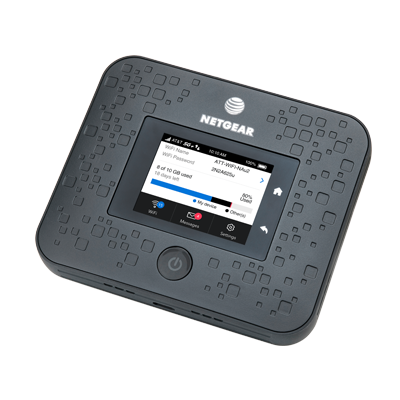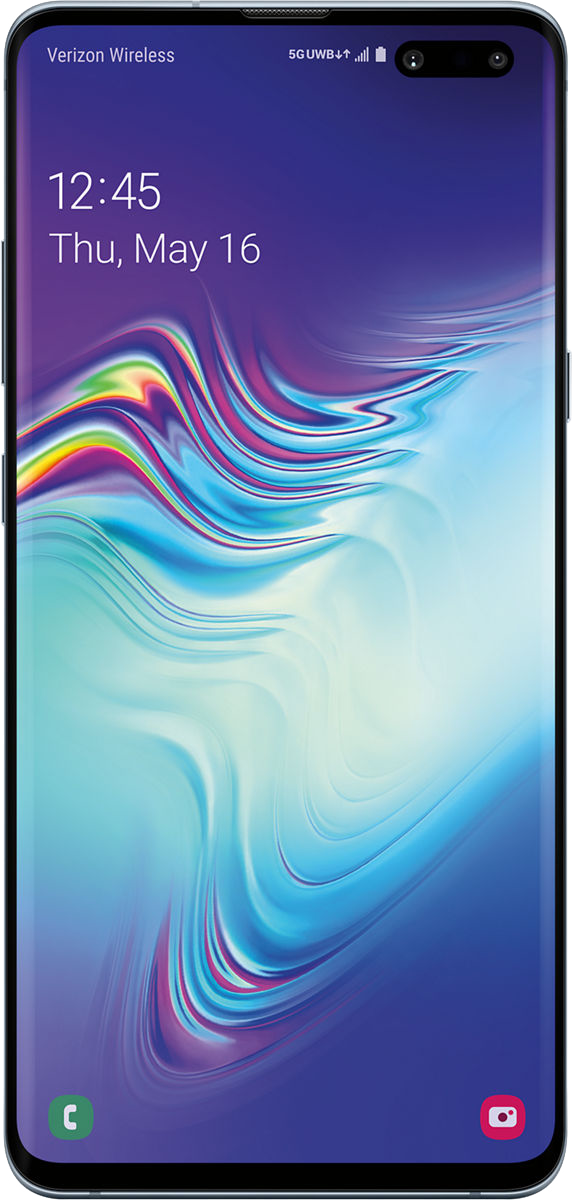AT&T has perhaps one of the most developed 5G networks out there right now. With millimeter wave coverage alongside low-band coverage in several cities. AT&T, however, has only rolled out millimeter-wave 5G service to its business customers.
At some point, this network will be available to more customers, but AT&T currently does not have a date set for this. If you do have a business account, it makes a lot of sense to buy into this network with some of the best data speeds we've seen from any carrier. For consumers, with only the Samsung Galaxy Note10+ 5G being able to access the low-band network, it still might be worth it to wait.
- When will my area even get 5G?
- Which devices should I get to be ready for 5G?
- Which plan do I need for access?
- What tech is AT&T using?
- What is 5Ge?
- Is 5G worth it for most people?
When will my area even get 5G?
AT&T has a lot of cities listed for its 5G+ network. 5G+ refers to real 5G NR used in AT&T's network. 5G NR is what every other carrier and most people simply refer to as 5G. You need to be careful with AT&T though: While at first glance, it may look like you've received an update for 5G on your older phone, it may just be rebranded LTE called 5Ge.
As far as true 5G goes, AT&T is building two networks. One network is a low-band 5G deployment at 850Mhz. This network is what consumers have access to in 2019 and into 2020. AT&T has released some rough maps for this 5G deployment but keep in mind that these maps show coverage projected for February 2020.
Already covered
- Brimingham AL
- Indianapolis, IN
- Los Angeles, CA
- Milwaukee, WI
- Pittsburgh, PA
- Providence, RI
- Rochester, NY
- San Diego, CA
- San Francisco, CA
- San Jose, CA
Next for consumer 5G
- Buffalo, NY
- Boston, MA
- Bridgeport, CT
- Las Vegas, NV
- Louisville, KY
- New York, NY
The other network is a millimeter-wave deployment similar to Verizon's 5G network. AT&T calls this network mmWave and while it is very fast, the coverage leaves a lot to be desired and will only be available in very specific areas for quite a while.
Millimeter-wave cities for business
- Los Angeles, CA
- San Diego, CA
- San Francisco, CA
- San Jose, CA
- Jacksonville, FL
- Orlando, FL
- Atlanta, GA
- Indianapolis, IN
- Louisville, KY
- New Orleans, LA
- Charlotte, NC
- Raleigh, NC
- Las Vegas, NV
- New York, NY
- Oklahoma City, OK
- Nashville, TN
- Austin, TX
- Dallas, TX
- Houston, TX
- San Antonio, TX
- Waco, TX
AT&T has started to bring some 5G experiences to some sports stadiums including the AT&T Stadium in Arlington, Texas. AT&T is also working with the NBA and WNBA to demonstrate the power of 5G. While these are basically just tech demos, it can be a way to see what lies ahead for 5G.
Which devices should I get to be ready for 5G?
5G is currently supported on one phone and one hotspot on AT&T. The phone is the Samsung Galaxy S10 5G, which is based on one of the most powerful and well-reviewed flagship lines running Android. With a larger display and battery than even the monstrous Galaxy S10+, this phone is an excellent media consumption device and will be powerful enough to take full advantage of 5G. If you have a business account, this phone is available for $999.
5G is a business-focused deployment for AT&T and as such, the first device to utilize the network was the Netgear Nighthawk 5G hotspot. This hotspot supports Wi-Fi 5 speeds to connect any device to the powerful 5G network. When it comes to working away from the office, a hotspot can be your greatest ally.
Should you buy a 5G phone in 2019?
The best 5G hotspots you can buy right now
Which plan do I need for access?
5G is only available to business customers and will need to be arranged with your AT&T account representative. Pricing starts at $90 per month and includes unlimited data and 20 GB of tethering. If you have a business account and if you live in a city with 5G coverage, it may be worth it to upgrade to 5G.
What tech is AT&T using for 5G?
AT&T is using mmWave technology to deliver fast 5G service to its business customers. This uses high-band spectrum above 24 GHz for coverage. This spectrum is available in large chunks allowing for enormous speeds of over 2 Gbps in ideal conditions. It remains to be seen how this will hold up under a true public load, but the early prospects are good.
For consumers, in December 2019, AT&T launched its low-band 850Mhz 5G service in 10 cities. This service will be much more in line with what we've seen from Sprint and T-Mobile as far as speed and coverage. Typically, this means speeds faster than those that LTE can deliver but not by as much as you would expect. Still, some of the other benefits of 5G such as better traffic management and capacity will be worth the trade once the network is built out.
Eventually, people will be able to make use of both chunks of 5G spectrum allowing for higher speeds where there is high-band service and keeping connected with low-band.
5G in the U.S.: How each carrier will deploy 5G on phones
Is 5G dangerous or is it safe?
Does 5G use more battery than LTE?
Is 5Ge nonsense?
LTE isn't the same today as it was on day one. Periodic upgrades to the underlying technology have made LTE more efficient and faster over time. The most modern version of this is called LTE Advanced. This tech offers the best consumer wireless technology outside of 5G and can produce some very strong speeds that are more than enough for almost any application. This isn't abnormal since LTE stands for long term evolution and was designed to evolve and grow as technology improved.
AT&T is moving its LTE Advanced towers along a path towards 5G coverage thanks to these towers having high-speed backhauls that can support 5G speeds. This is why they have renamed their 4G LTE Advanced service to 5Ge with a software update. Short for 5G Evolution, this is framed as a first step towards an actual 5G network, though, not everyone agrees.
The fact of the matter is that this 5Ge network is the best of LTE and if you are using an older phone that is unusably slow in crowded areas, it may be worth it to get a phone that supports these enhancements. Don't expect speeds to be a huge difference but latency and connection quality can be improved.
5G vs. 5Ge: What does it actually mean?
Is 5G worth it for most people?
In ideal conditions, 4G LTE is fast enough for most people. One problem is that these good speeds lead to data usage that is constantly increasing as the quality of media improves and download sizes grow. With LTE technology, there will be a hard ceiling on the amount of data one tower can deliver and the user experience will start to suffer.
Putting 5G in as many places as possible will continue to handle the increasing load without compromising latency and network responsiveness. At this time, most people don't need to make the move to 5G and on AT&T, unless you have a business account, you can't. 5G is still really only for those that demand the absolute best wireless performance available.
It's OK not to be hyped about 5G
5G for Business
Netgear Nighthawk 5G Mobile Hotspot
mmWave 5G and a big battery
If you have a business account in an AT&T full 5G+ coverage areas, then the Netgear Nighthawk 5G Mobile Hotspot can deliver unparalleled speeds.
The 5G Galaxy
Samsung Galaxy S10 5G
Fast, smooth, and cutting edge
One of the most complete feeling flagship phones only gets better with 5G support and a massive battery. With a great display and cameras, this phone is the perfect tool for anyone that gets things done on the go.






0 Response to "You Can See More: Here's everything you need to know about AT&T 5G"
Post a Comment